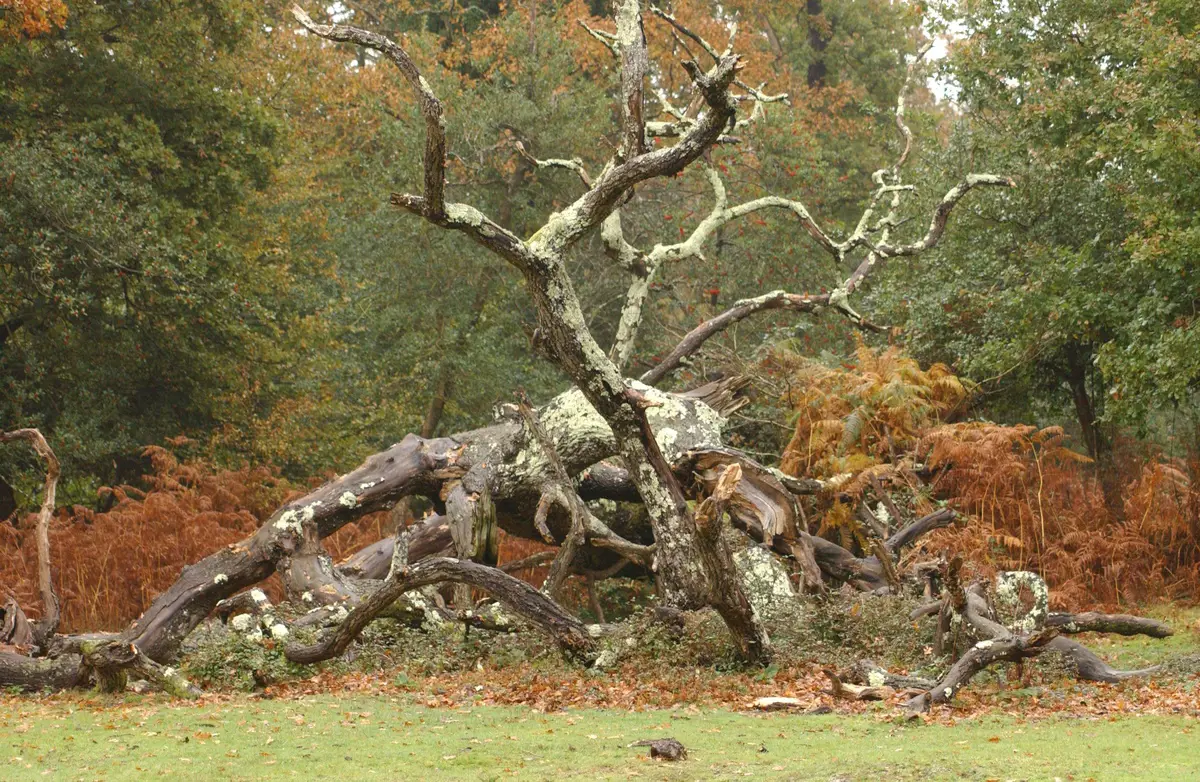Deadwood
Deadwood
It’s estimated that up to a third of all European forest species depend on deadwood for their survival.
The trouble is that dead trees and decaying logs don’t always look very attractive. So, let’s see if we can convince you.

The facts
- Many species of birds, amphibians, reptiles and mammals forage, shelter and rear young in and around deadwood and old trees.
- Dead and dying trees, debris and wood fragments are even more valuable for less obvious groups, such as insects, lichens, bryophytes and fungi.
- Deadwood is important for river and lochs – even small amounts of woody debris will increase salmon and trout numbers by providing high quality habitat for young fish.
- Deadwood supports forest and aquatic ecosystems through processes such as soil nutrient cycling and carbon storage.
We need more of it!
Unfortunately, despite its huge ecological value, there just isn’t enough deadwood. Our forests are still too tidy!
The good news is that the amount of deadwood in Scotland’s forests is increasing. That’s mainly because managing deadwood is now a vital part of our work in Scotland's national forests.
Our forest managers are committed to leaving all sorts of deadwood features, including dying and dead standing trees, stumps, lying timber and piles of logs. And because decay is a continuous process, they review things all the time to make sure there’s the right age and mix of deadwood habitats for all kinds of species.